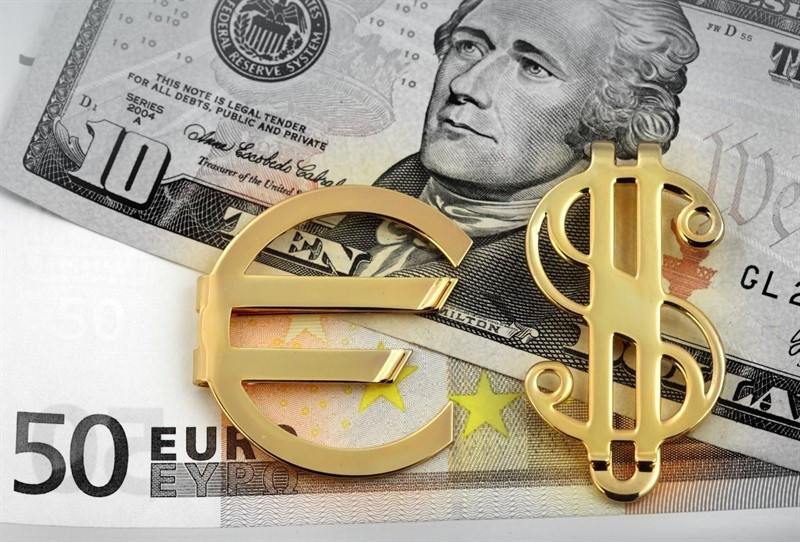
After a short pause, the US dollar resumed declining amid stalled talks on fiscal stimulus in the US Congress and falling yields on US government bonds.
Democrats and Republicans noted some progress in the fiscal stimulus talks but stressed that an agreement could only be reached next week.
In addition, the government is still undecided about the size of the next package of assistance to the national economy. Republicans believe it should not exceed $ 1 trillion, while Democrats are proposing $ 3 trillion.
Rumors that the fiscal stalemate in Washington could force the Fed to do more has accelerated the decline in US yields. This puts pressure on the greenback.
After a three-day rebound of 0.8% on Wednesday, the USD index is down more than 0.5%, trading around 92.8 points.
"The differences between Democrats and Republicans over the next package of measures to support the national economy are quite large. Against this background, expectations of new incentives from the Federal Reserve are growing, which in turn contributes to the weakening of the dollar, "analysts at Mizuho Bank said.
The main opponent of the greenback in recent weeks has become the euro, which in July showed the best monthly dynamics in almost 10 years.
The EUR / USD pair has already reached its highest levels since May 2018, and many experts are convinced that it will continue to grow, as the pan-European fiscal stimulus package for the region's economy will consolidate the ongoing recovery and remove from the agenda concerns about the stability of the bloc.
"Market participants are now focusing on the looming long-term negative US problems that threaten the dollar's status as the main reserve currency, not the structural problems of the euro," said Alan Raskin of Deutsche Bank.
"The door to levels above $ 1.20 for the euro remains wide open," he added.
According to ING, stock investors have yet to truly appreciate the history of Europe's recovery, which could further support the euro.
"Although investors still have a large overweight in US stocks, they are looking to diversify their portfolios in favor of the eurozone. If this rotation takes place, the EUR / USD pair will still be able to reach the level of 1.25, "they said.





















